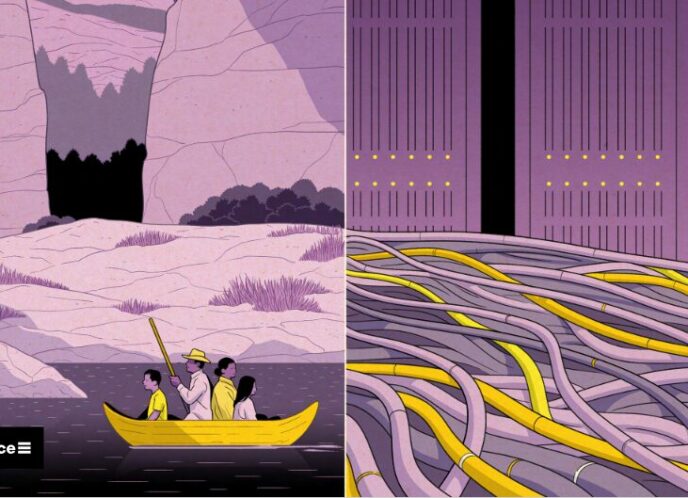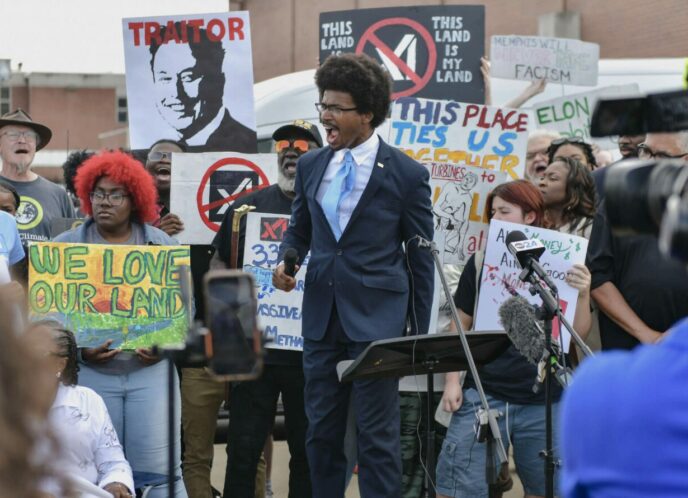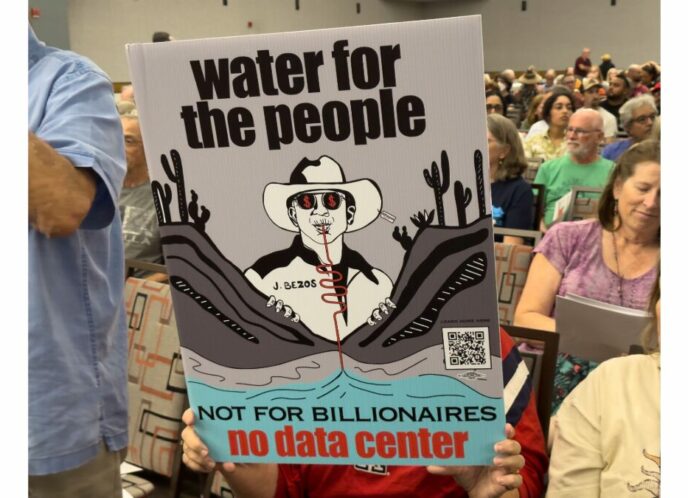”Broadband can be the great enabler that restores America’s economic well-being and opens doors of opportunity for all Americans to pass through, no matter who they are, where they live, or the particular circumstances of their individual lives.”
— FCC Commissioner Michael Copps April 8, 2009
Today, Rural America is home to approximately 56 million residents– 20 percent of the population of the United States, and 80% of our landmass—about the population of Italy. It’s an important comparison that should be remembered more often, particularly when we think of the challenges that rural communities face when it comes to broadband access and adoption.
As many know, rural America is undergoing large demographic, economic, and environmental changes–the outcomes of which are inextricably tied to federal and state policies and community actions over the next decade. Health care, housing, employment and education are just some of the areas that will be touched by these changes which affect the quality of life and community-wellbeing in rural areas. Further, each of these sectors in their own ways, are tied to technological advances that have the potential to either create actual opportunity for social and economic inclusion, or entrench a growing socio-economic divide.
Today 19,000 communities across the nation lack broadband connectivity—the majority rural. This digital divide illustrates more than “digital-inequality”–broadband connectivity spurs economic growth, supports continuing education, delivers job training, provides job search opportunities, and grants the U.S. a competitive advantage in today’s global economy. Rural America understands that they can’t afford to live without broadband access– do their urban neighbors?
“We all do better, when we all do better”
-Senator Paul Wellstone
The truth is, populations and activities described as either “rural” or “urban” are more closely linked across space and sectors than is usually thought. Without careful analysis these categorizations often create a dichotomy that is both misleading and incomplete. For example, many households cross-geography–with some members living in rural areas and others in the cities. Urban businesses often rely on rural produce or rural demand for their profitability. Urban supermarkets sell food largely grown in rural areas. Rural prisons are filled with urban residents and rural residents travel daily to work in urban offices. Without a solid understanding of this interrelationship—and how it impacts the economic, social and political context—we run the risk of deepening an unhealthy (and ultimately limiting) polarization.
Unserved vs. Underserved
Within the broadband context there’s a great deal of conversation about “what urban an rural communities can learn from one-another” and while this is important, a more worthwhile question is “what can urban and rural communities learn together?” This is particularly true within the “underserved vs. unserved” frame that’s used to describe broadband challenges in rural and urban areas. Rather than adopt a fixed definition that polarizes these two geographies, we should instead push for a deeper understanding which recognizes how these communities move in complex and related ways across a spectrum in which both definitions are true.
More time and space is needed for conversations that work from this starting point. And, more importantly we need nuanced policy recommendations—especially within the Media and Telecommunications sector–that recognize this reality.
For more information on this topic, or to see some of the work that Center for Media Justice is doing with our Rural Allies, check out: Wired and Wireless Broadband: What’s at Stake for Rural Communities?



